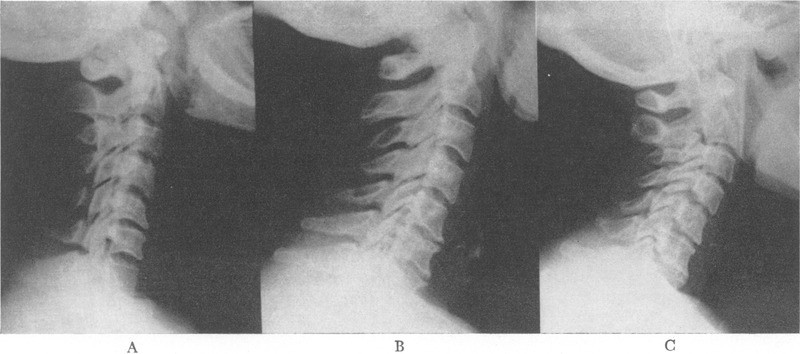The most typical sign of cervicitis is cervicalgia or, in simpler terms, neck pain. It occurs with movement, and most patients with the condition often complain about neck stiffness that usually transcends in a short time and improves with motion.
Cervicalgia can be mild, and in this acute case, it may suddenly occur and disappear after days or often, it will act as chronic neck pain. If that happens, the pain will show more slowly and may last for weeks or months.
The pain intensity is usually described as mild or moderate and occurs in the back and the lower portion of the neck.
In rare cases, cervicoartrosis can be asymptomatic and can be diagnosed by X-ray finding on the cervical spine from no other cause, according to the report of Nation World.
Cervical Osteoarthritis Origin
Osteoarthritis results from a genetic combination and environmental aspects, although in specific cases, there is an evident cause, such as previous trauma, infection, hereditary malformation, and others. In those matters, osteoarthritis is considered secondary (consequence) to the process.
Moreover, in the general case, cervical cancer has no clear reason for osteoarthritis. Hence, it is thought to emerge due to a combination of genetic and environmental components.
The diagnosis of the condition can be made by a rheumatologist, an internist who has a focused knowledge of a human's joints and muscles that will examine the neck's portion and the pain range the patient feels. At the same time, the x-ray is the most typical test for cervical spine condition detection.
On the other hand, manipulation of the bone alignment can control the episodes and lessen the level of stiffness, which a licensed bone-cracker, a chiropractor, should do.
The treatment goal is to induce pain and enhance the quality of life. The several choices available are oral medications, physical therapy and surgery.
Pharmacological medication is usually made of conventional analgesia or paracetamol, but this is insufficient. Some anti-inflammatory drugs can be added to the treatment during mild phases of pain.
In case of muscle contraction, it is important to ask for a pill with muscle relaxants in mild to severe neck pain.

An image showing an electromagnetic radiation of the neck
Risk Factors of Cervical Osteoarthritis
As people age, their bones get weaker and weaker. Aging is the major factor of cervical spondylosis (cervical osteoarthritis), and people aged 50 and above are prone to the development of the bone condition.
The disc in the vertebrae is becoming less spongy and gives less cushion as age, while the bones and ligaments become thicker, encroaching a space in the spinal canal.
Another risk factor is a previous injury that incurs damage to the neck. There are certain employees who perform physical tasks that require more pressure on their necks, such as gymnasts and athletes.
If cervical spondylosis results in pain in the spinal cord, it may develop into a more serious condition called cervical myelopathy.
Some early symptoms of this condition may include tingling sensation, numbness in the arms, hands, legs, and feet, poor body coordination, walking difficulties, involuntary reflexes, muscle spasms, and incontinence.
RELATED ARTICLE: Arthritis Drug Baricitinib Decreases Risk of COVID-Related Death [Trials]
Check out more news and information on Arthritis in Science Times.














